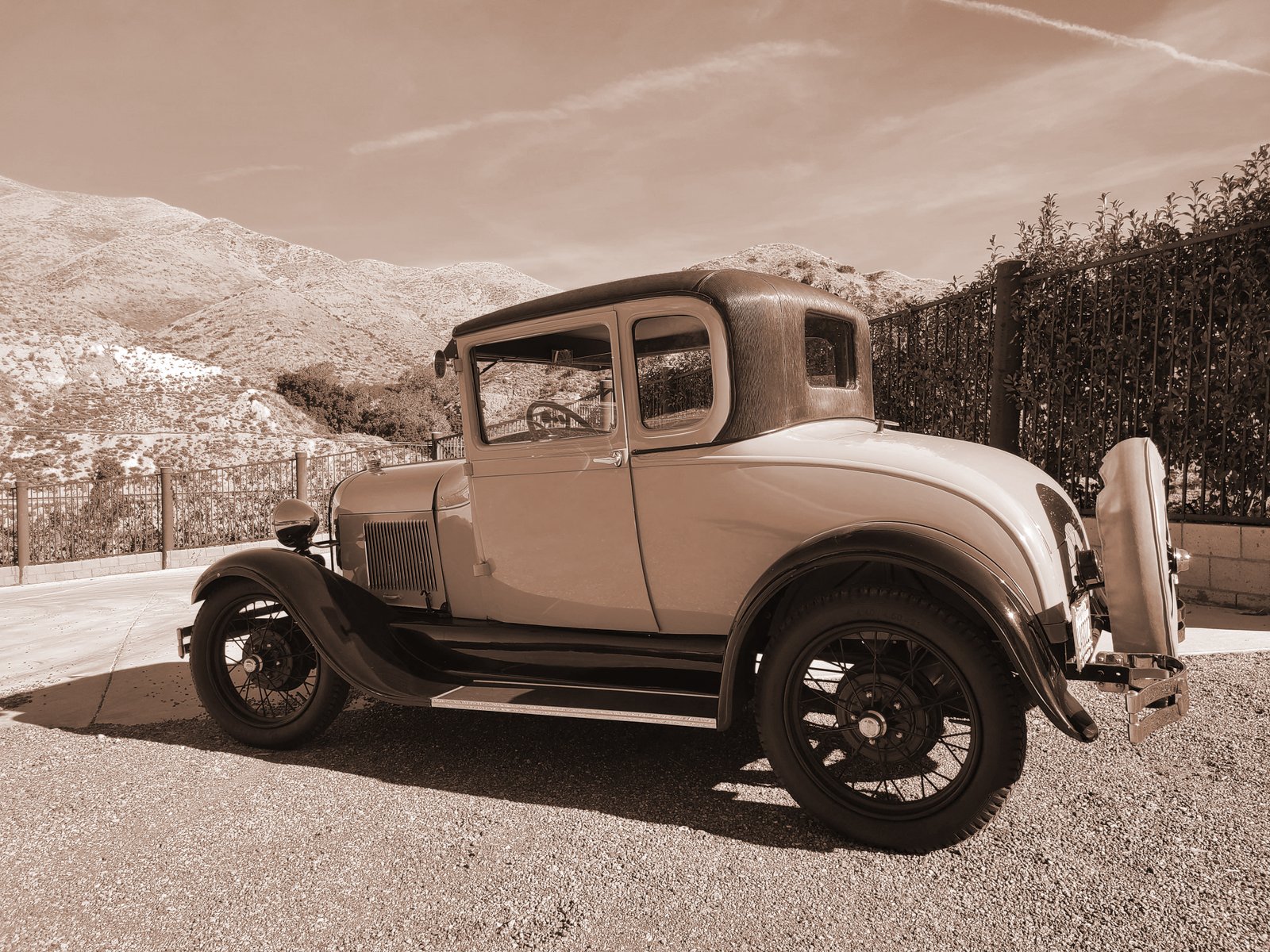Touring Guidelines
- Everyone should check their vehicle to see that it is in good running order prior to the tour. Gas tanks should be full. Extra water should be carried. Tools and spare parts should be considered. A general safety check should be conducted (example: horn, lights, brakes, etc.)
- Tour leader shall provide maps and/or written instructions to all drivers regarding the tour route. If tour leader apparently strays, follow him and stay together.
- A meeting of all drivers will be held prior to leaving on the tour and prior to departing for the return trip home. The meeting should include discussion of the route, destination and any special needs or problems that may be anticipated (i.e. premature departures of one or more cars, etc.). Smaller touring groups and regrouping locations should also be discussed.
- If you are planning to turn off before the tour is completed, advise the tour leader and the vehicles in front and behind you.
- Each driver should be responsible for the vehicle in front and behind his own. This is to ensure that no one gets lost on the tour or is stranded by himself if a breakdown occurs. If trouble does occur, turn on your headlights to advise the car in front of you. Therefore, each driver should be checking his rear view mirror often to check on the vehicle behind him.
- If a car pulls over, one or two vehicles (more if practical) should stop and render assistance. If it is not safe (such as on a freeway) or room does not permit, pass by and stop at the next safe area and so on as room permits. Tour leader should be advised of the situation either by CB or by another driver’s meeting with him. If the situation is serious (bad breakdown), a decision should be made as to how the trou should proceed, example: send the group ahead to be met later. Leaving one or two vehicles to assist or if road and traffic conditions permit, have the disabled vehicle run in the lead or in the second position.
- Hand signals should be used as much as possible (right turn, left turn and stop). Brake lights particularly can e deceiving if someone is going to stop and the car following believes the car is merely slowing down. Turn lights are nice, but not easily recognizable to vehicles following.
- Single for and make lane changes a mile or two in advance. Remember that all the trailing vehicles need adequate time to safely make their lane change.
- Always allow a safe distance between vehicles. This allows other v3ehicles the opportunity to pass, change lanes and enter or exit the highways.
- City touring and night tours are always a problem, frequent regrouping locations should be planned. Particularly after numerous traffic lights and turns. If two left turn lanes are available, use them both. These intersections usually have long lights causing large gaps in the tours. After making the turn, fall back into single file behind the leader.
- Stopping on the freeway is usually very hazardous an is not advised. If it must be done, keep safety in mind. Remember—both pulling off and back into traffic is extremely dangerous.
- CBs are distinctly advantageous. They allow the group to be kept aware of any situation. Cars with CBs should be positioned front and read and in the middle of the touring group.
- Don’t ever believe that any car (both antique and modern) can keep up. Both can, and do, get lost and break down.
- It is important to be considerate of other people on the road. We need their cooperation to enable our tours to be safe and for our hobby to continue.
- Usually the ‘modern cars’ will trail behind the Model A’s, keeping in mind that a C.B. equipped car should be the last car regardless if it is a modern or Model A.
